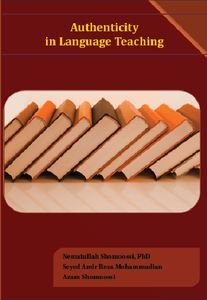
Dr. Nematullah Shomoossi
Dr. Nematullah Shomoossi is an assistant professor of ELT in Sabzevar University of Medical Sciences in Sabzevar, Iran. He has taught English for Medical Purposes, has presented and published papers and books in ELT issues.
Read more...


